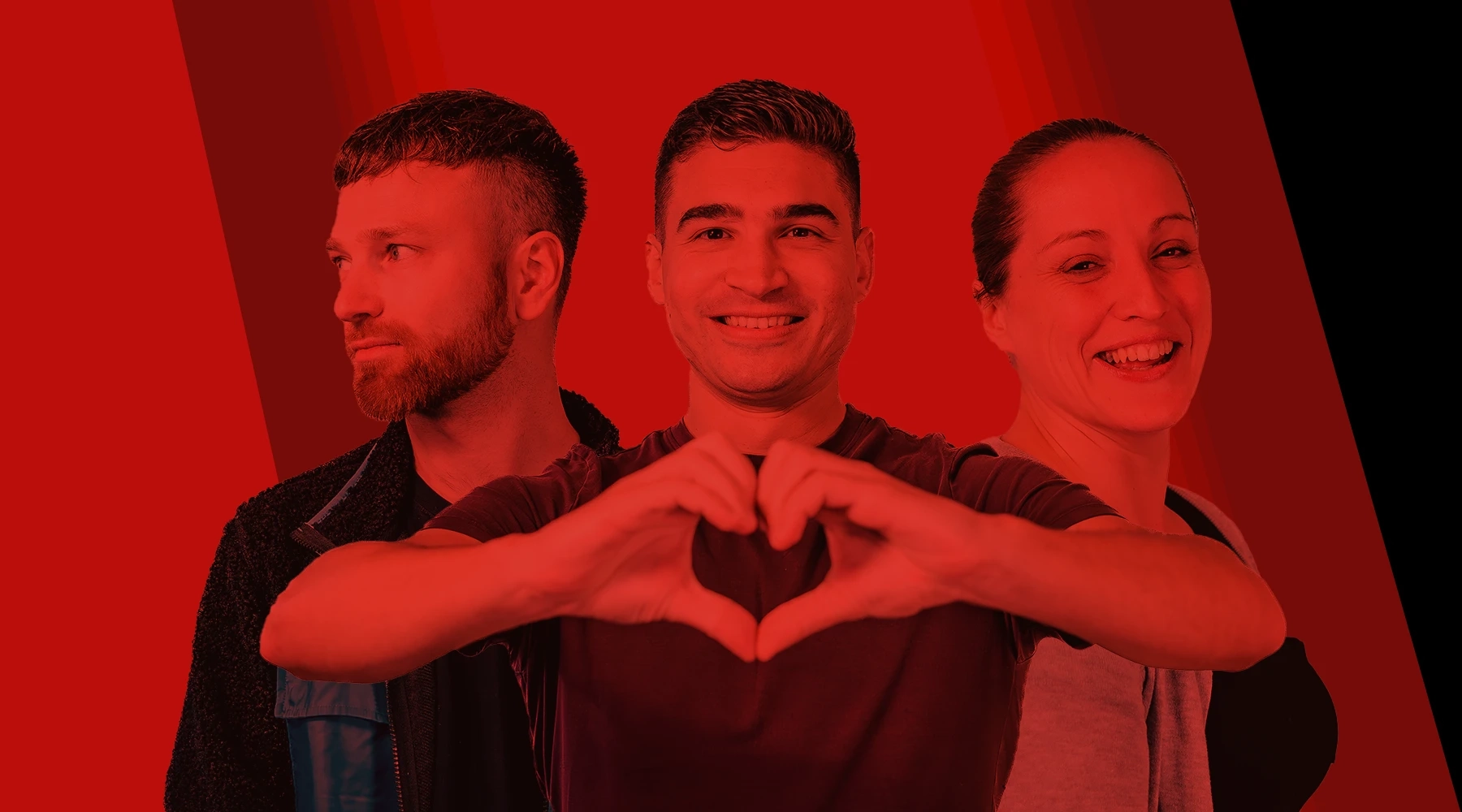Quiz time. Which of these actually means no:
- We will try our best
- Yes
- Your proposal is intriguing
- That sounds difficult
If you answered “All of the above” you are right. What?! Even yes might mean no? Yup! I was surprised too. The reason is because of the different ways that cultures communicate.
Madewithlove works across Europe and fortunately, things are pretty consistent here: a no is a no. So how do we say no?
From my perspective, we offer two main services as a company. The first is Ghostwriting startups and the second is Gordon Ramsey’s startup nightmares. Despite the type of client we are working with, we still aim to build a deep and trusting relationship. The reason for this is our primary job is to say no or as we jokingly say: we offer No as a Service.
Telling a client no is sometimes scary but necessary. We are experts in our domain and we need to help customers make good decisions about their business. This is why, although we bill like an agency, in our heart, we aren’t really one. We aren’t here to blindly build applications. We are here to level up their business and team. Saying no is an important aspect of this.

But this also applies internally.
It’s incredibly important that our team can say no to colleagues. If a feature won’t work or can’t be fit in, we rely on engineers to be transparent with PMs. We need engineers to feel empowered and block bad code from getting merged. PMs need to feel confident that their decision to stop a proposed refactor is heard. And there are countless other examples that are just as important. Learning to say no is an essential communication tool.
So be comfortable saying no to customers — and colleagues. After all, it is a service we offer.











Member discussion